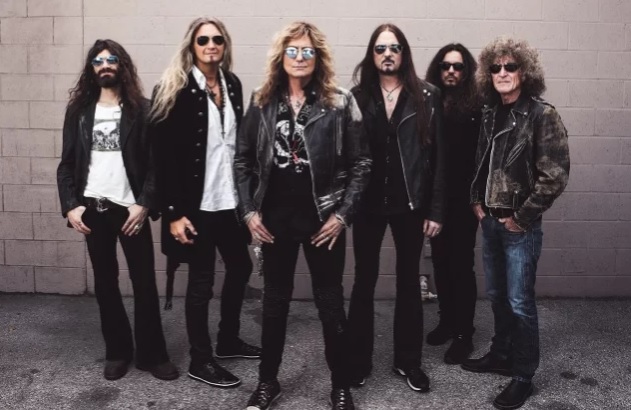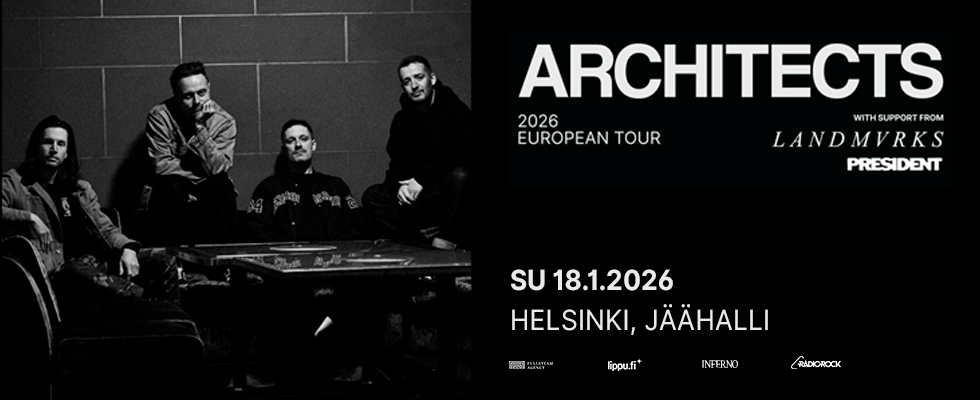Whitesnake-rumpali Tommy Alridge: ”Käytin kahta bassorumpua ennen kuin se oli muodikasta… tai ennen kuin edes tiesin mitä tein”
Vuosikymmenten ajan rumpalina toiminut Tommy Alridge vieraili The Session Panelissa Dom Famularon haastateltavana. Alridge on vuosien aikana soittanut lukuisissa kokoonpanoissa. Nykyään mies vaikuttaa rock-legenda Whitesnaken riveissä, johon liittyi ensimmäisen kerran 80-luvun loppupuolella ja palasi yhtyeeseen vuonna 2013. Uralle on kuitenkin mahtunut myös muita nimekkäitä yhtyeitä ja artisteja, kuten Black Oak Arkansas, Thin Lizzy ja Ozzy Osbourne. Keskustelussa käytiin läpi muun muassa Alridgen kahden bassorummun käyttöä setissään. Alridgea pidetään yhtenä pioneerina tuplabasarin käytössä, ja Alridge kertookin, että ensikipinä niiden käyttöön syntyi hänen nähtyään kuvan rumpali Louis Bellsonista. Alridge kertoo, että pyrki vain kehittämään soittoaan kappaleihin sopivaksi, mitä tuolloin yhtyeillään teki. Alkuun Alridge käytti kahta bassorumpua vain perusharjoitusten tekemiseen, mutta kokeiltuaan kehittämiään juttuja bänditreeneissä, muut yhtyeen jäsenet innostuivat asiasta. Alridge kertoi:
”When I started playing two bass drums, it was really early on in my journey of learning… I got another bass drum — not because that was really something in my mind that I really needed to do that; it’s just a friend of mine who was a drummer stopped playing, and I said, ’Oh, could I borrow your bass drum, just to mess around with it?’ Because I saw a picture of Louis Bellson with two bass drums, and I [thought], ’Wow! What are you gonna do with that?’ I wasn’t that familiar with Louis Bellson’s playing, and when I did hear of it, I didn’t hear a lot of two bass drums going on. So when I got that other bass drum, it was only just to play around in my rehearsal room when I was growing up. And so I would do the same thing that I was doing on the kick, snare and hi-hat and tom-tom and was just applying the rudiments — taking a paradiddle and just playing eighth notes and just splitting the paradiddle between my left hand and right foot, and then I would split the paradiddle between my right hand and left foot — just for exercises. It was nothing that anyone said, ’Oh, you should do that,’ or anything like that. It was just a way for me to spend time in my rehearsal room… And so it wasn’t something that I planned, or that I’m a really smart cat and I [thought], ’Oh, I’m gonna do this, and nobody else is gonna do it. I’m gonna be the first one.’ I never thought like that at all. I was only just messing around with the rudiments and trying to come out of my drum room with a pattern or something that I hadn’t heard on a record or heard someone else do. That was my goal.
And so I was playing two bass drums before it became fashionable, before I even learned what I was doing. As months went by and a year or so went by — I was still quite a young kid — I’d start doing some of these silly things at rehearsal with the band. And the guitar player said, ’Wow! That was really cool. What was that?’ And I said, ’It’s just a silly exercise I was doing.’ They said, ’Try it within [a song].’ So it was other people that picked up on it, that I was working with — young guys; kids that I was growing up with and learned to play together with. And he said, ’We should try that in a song.’ So it was other people that encouraged it. And it didn’t seem like there was a musical context that it would be applicable. And then LED ZEPPELIN came out, and when I heard John Bonham doing all this crazy stuff on the kick drum that is typically not played on that part of the instrument — the same patterns, but not played on that part of the instrument, I said, ’Oh, there is room to play heavy new stuff on the kick drums. Not that I beat anyone to the punch; it’s just that when I heard him play, it really solidified that way of thinking in my head. At 125, 130 pounds, which I weigh about that now, I was only trying to find ways to be heavier, to sound heavier. The music that I was starting to play, lean toward and gravitate to and what accommodated me most emotionally was heavier and heavier and heavier music, and so I was trying to find a way to play the music that we were coming up with in a way that made it sound heavier. Necessity was the mother of that invention.”
Koko haastattelun voit kuunnella tästä:



